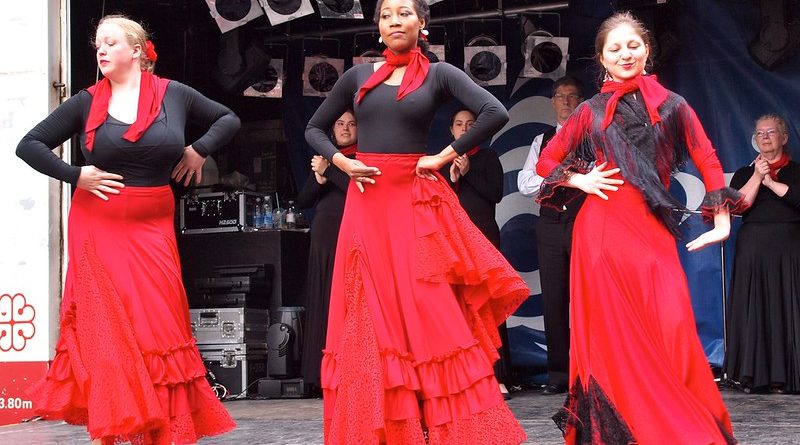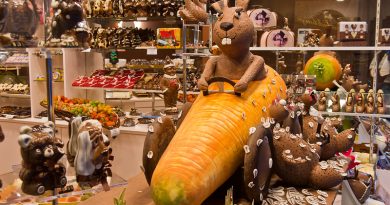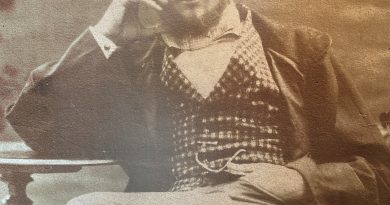Passion and Pink Birds: Gypsy Flamenco dance
Culture Facts
Where: Derives from the gypsies of Sacromonte, Spain – now a worldwide phenomenon
History: Gypsy fiesta dance based on the elegant movements of flamingo birds
How to join in: Visit a pre-organised dance in Sacromonte or join a dance class in any major European city
Flamenco is a traditional form of dance which is practised throughout Spain which is closely associated with gypsy communities. In the Sacromonte area of Granada tourists can witness and even take part in the flamboyant dances.
The word flamenco is derived from association with flamingos. The movements made during the dance are likened to those made by the elegant bird.
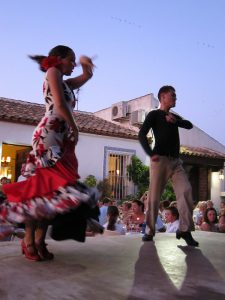 What happens at a Flamenco dance?
What happens at a Flamenco dance?
Fiestas of flamenco music and dance are spontaneous affairs which can occur any night of the week in the Sacromonte bars where the gypsies still drink. One of the regulars takes up his guitar and a cajon (percussion) player begin, and soon all the regulars join in the singing and dancing. If you’re visiting Granada, flamenco dances are organised for tourists in Sacromonte. They may not be authentic gypsy events but a least you can be sure it’ll definitely be happening!
Not many gypsies live in Sacromonte anymore. The pictureque cave houses carved our of the rockface which they used to inhabit have mostly been snapped up by wealthy property dealers and the gypsy communities moved out to the suburbs. Nonetheless, Sacromonte is still considered their home, and once a year they all return for the Cristos de los Gitanos Festival, the gypsy version of Semana Santa during the week leading up to Easter. Branches of rosemary are brought into Sacromonte from the surrounding hills and are set on the bonfires which are lit throughout the winding streets, filling the air with scented smoke.
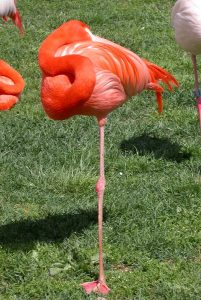
What’s the history of Flamenco?
Gypsy entering Spain in the 15th century have been credited with the creation of flamenco. The communities had travelled extensively throughout India and the Middle East and flamenco is a fusion of the different dance, folklore and music traditions they encountered on their travels. It symbolises an outpouring of grief and emotion at being mistreated and downtrodden by every civilisation they have encountered.
In recent years, there’s been a resurgence of interest in traditional flamenco dance both in and outside of Spain. It’s possible to arrange classes in most European cities.
MORE INFORMATION
Flamenco World
Commercial international portal for the artists, dancer and musicians involved with Flamenco

